A William III brass lantern clock James Gray Shaston (Shaftesbury), circa 1695 The posted bell striking movement with verge escapement and pendulum swinging outside the frame to the rear, the dial signed James Gray Shaston above unusual engraved decoration with large tulip buds issuing from a twin scroll handled planter, with pierced brass hand within applied Roman numeral chapter ring with stylised trident half hour markers and with leafy infill to angles, the frame with one-piece column turned corner posts beneath dolphin engraved and pierced frets, integral vase turned finials and domed bell bearer, with hanging hoop to rear and on ball feet, (lacking side doors and backplate), 38cm (15ins) high; with an oak and brass wall bracket with female mask and scroll cast supports. James Gray of Shaftesbury in Dorset is recorded in Loomes, Brian LANTERN CLOCKS & Their Makers as working around the turn of the 18th century. Loomes illustrates a similar example to the current lot (page 203 fig. 12.25) and notes that the integral pillar castings, brass hand and primitive but bold 'flowers in a vase' engraved decoration to dial centre indicate a Bristol influence, with the engraving perhaps being a naive interpretation of decoration seen on examples by John London. The example illustrated by Loomes differs from the current lot in that it has an anchor escapement, sword-hilt half hour markers to the chapter ring and lion and unicorn pattern fets. These differences suggest that the current lot is a little earlier than the one illustrated in Loomes, indeed the trident half hour markers in particular are much more akin to 17th century practice, hence it is probably safe to suggest that the current lot predates 1700. A third example, which is almost identical to the current lot, is illustrated in Hana, W.F.J. English Lantern Clocks page 88 (plate 42) where it is wrongly identified as a 'lantern clock made in Scotland'. IMPORTANT NOTES REGARDING THE CATALOGUING OF CLOCKS Movements, dials and cases: movements and dials are described as relating to the cases in which they are housed in one of the following three ways: the case.... we are of the opinion that the movement and dial started life in the current case. in a case... we are of the opinion that the movement and dial are in a case of correct period and type (and may well be original to the movement and dial), however there is evidence to suggest that they may not have started out life together. now in a case... we are of the opinion that the movement and dial are no longer in the original case or one of correct period and/or type. Pendulums, weights, winding and case keys: we cannot guarantee that the correct number of weights (where appropriate) and/or keys are present with the clock, nor do we indicate in the catalogue description whether weights or keys are present as many clocks are consigned without them. Please check with the department to establish whether they are present or not prior to bidding. Condition: due to the mechanical nature of clocks and the fact that most are of great age we cannot offer any guarantee as to whether they are in working order or free from major faults or restoration. Although we endeavour to catalogue items in a fair and informed manner, omission of any comments or observations regarding the condition or originality of a clock in the description does not necessarily indicate that it is free from significant faults, restoration or is in working condition. We would strongly advise any prospective purchaser to view the item in person or request a condition report and/or further images prior to bidding. Measurements: dial measurements are given in inches, other dimensions such as height are given in centimetres (and inches for English clocks). The measurement given for the height of a longcase clock excludes any removable finials in order to provide an approximate minimum ceiling height in which the clock can be accommodated. Condition report disclaimer
A William III brass lantern clock James Gray Shaston (Shaftesbury), circa 1695 The posted bell striking movement with verge escapement and pendulum swinging outside the frame to the rear, the dial signed James Gray Shaston above unusual engraved decoration with large tulip buds issuing from a twin scroll handled planter, with pierced brass hand within applied Roman numeral chapter ring with stylised trident half hour markers and with leafy infill to angles, the frame with one-piece column turned corner posts beneath dolphin engraved and pierced frets, integral vase turned finials and domed bell bearer, with hanging hoop to rear and on ball feet, (lacking side doors and backplate), 38cm (15ins) high; with an oak and brass wall bracket with female mask and scroll cast supports. James Gray of Shaftesbury in Dorset is recorded in Loomes, Brian LANTERN CLOCKS & Their Makers as working around the turn of the 18th century. Loomes illustrates a similar example to the current lot (page 203 fig. 12.25) and notes that the integral pillar castings, brass hand and primitive but bold 'flowers in a vase' engraved decoration to dial centre indicate a Bristol influence, with the engraving perhaps being a naive interpretation of decoration seen on examples by John London. The example illustrated by Loomes differs from the current lot in that it has an anchor escapement, sword-hilt half hour markers to the chapter ring and lion and unicorn pattern fets. These differences suggest that the current lot is a little earlier than the one illustrated in Loomes, indeed the trident half hour markers in particular are much more akin to 17th century practice, hence it is probably safe to suggest that the current lot predates 1700. A third example, which is almost identical to the current lot, is illustrated in Hana, W.F.J. English Lantern Clocks page 88 (plate 42) where it is wrongly identified as a 'lantern clock made in Scotland'. IMPORTANT NOTES REGARDING THE CATALOGUING OF CLOCKS Movements, dials and cases: movements and dials are described as relating to the cases in which they are housed in one of the following three ways: the case.... we are of the opinion that the movement and dial started life in the current case. in a case... we are of the opinion that the movement and dial are in a case of correct period and type (and may well be original to the movement and dial), however there is evidence to suggest that they may not have started out life together. now in a case... we are of the opinion that the movement and dial are no longer in the original case or one of correct period and/or type. Pendulums, weights, winding and case keys: we cannot guarantee that the correct number of weights (where appropriate) and/or keys are present with the clock, nor do we indicate in the catalogue description whether weights or keys are present as many clocks are consigned without them. Please check with the department to establish whether they are present or not prior to bidding. Condition: due to the mechanical nature of clocks and the fact that most are of great age we cannot offer any guarantee as to whether they are in working order or free from major faults or restoration. Although we endeavour to catalogue items in a fair and informed manner, omission of any comments or observations regarding the condition or originality of a clock in the description does not necessarily indicate that it is free from significant faults, restoration or is in working condition. We would strongly advise any prospective purchaser to view the item in person or request a condition report and/or further images prior to bidding. Measurements: dial measurements are given in inches, other dimensions such as height are given in centimetres (and inches for English clocks). The measurement given for the height of a longcase clock excludes any removable finials in order to provide an approximate minimum ceiling height in which the clock can be accommodated. Condition report disclaimer
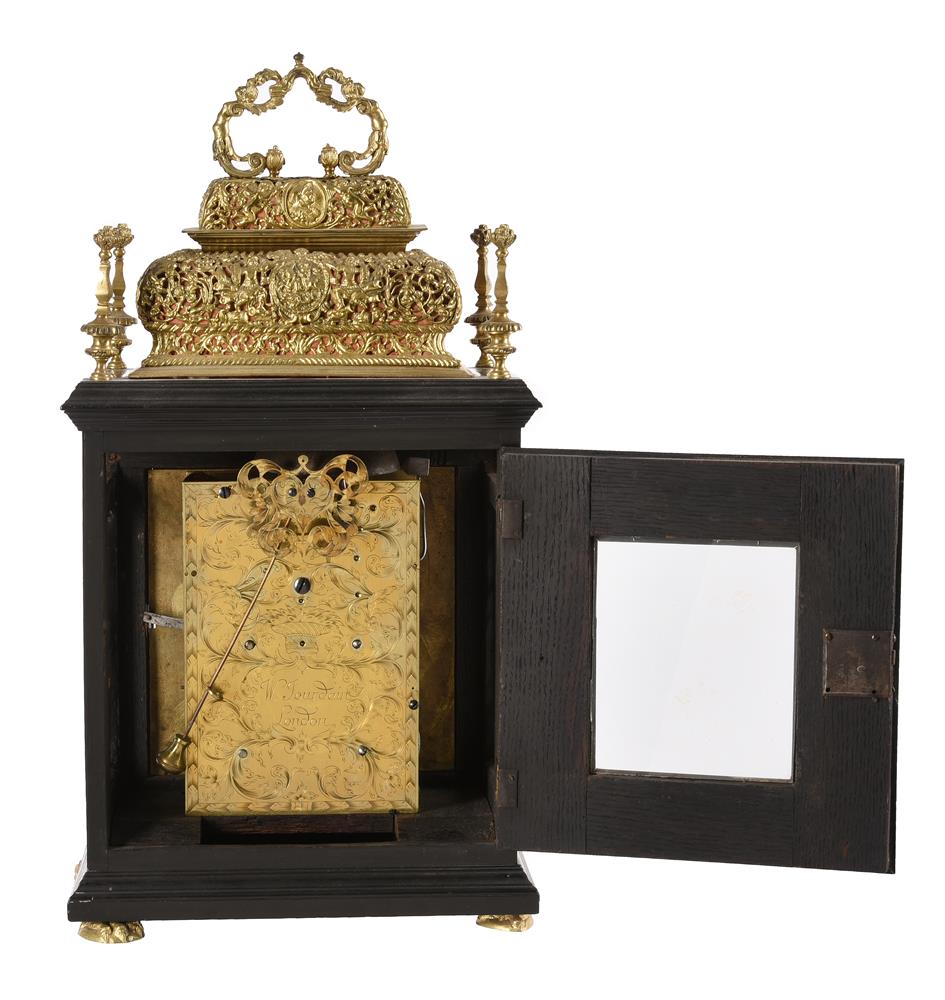

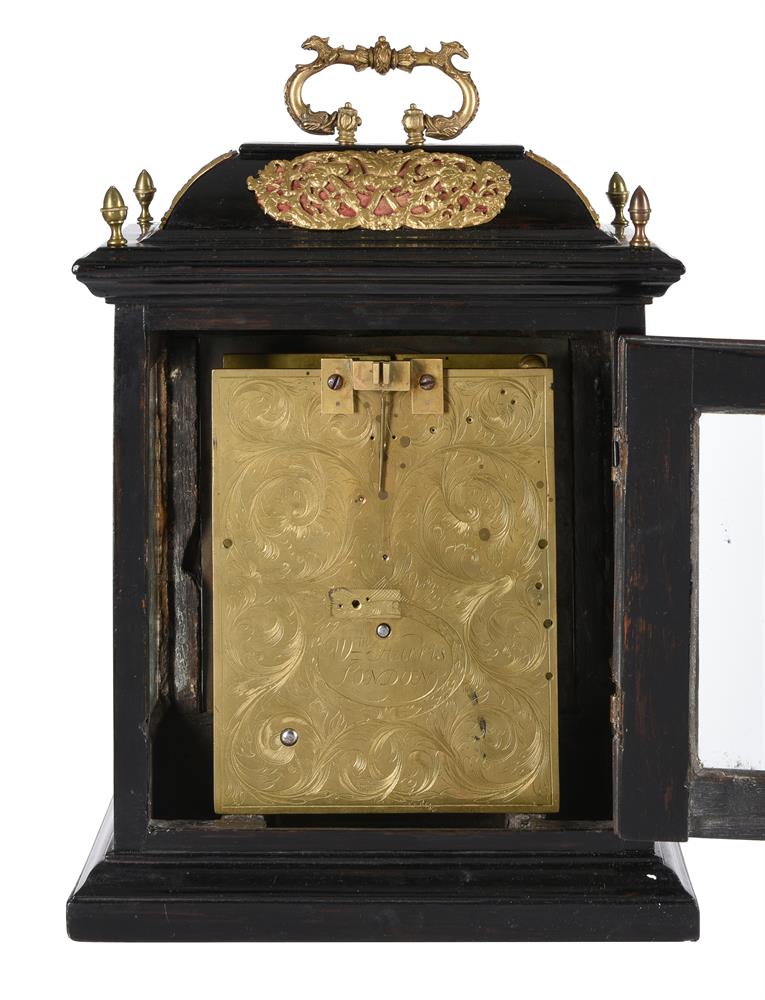




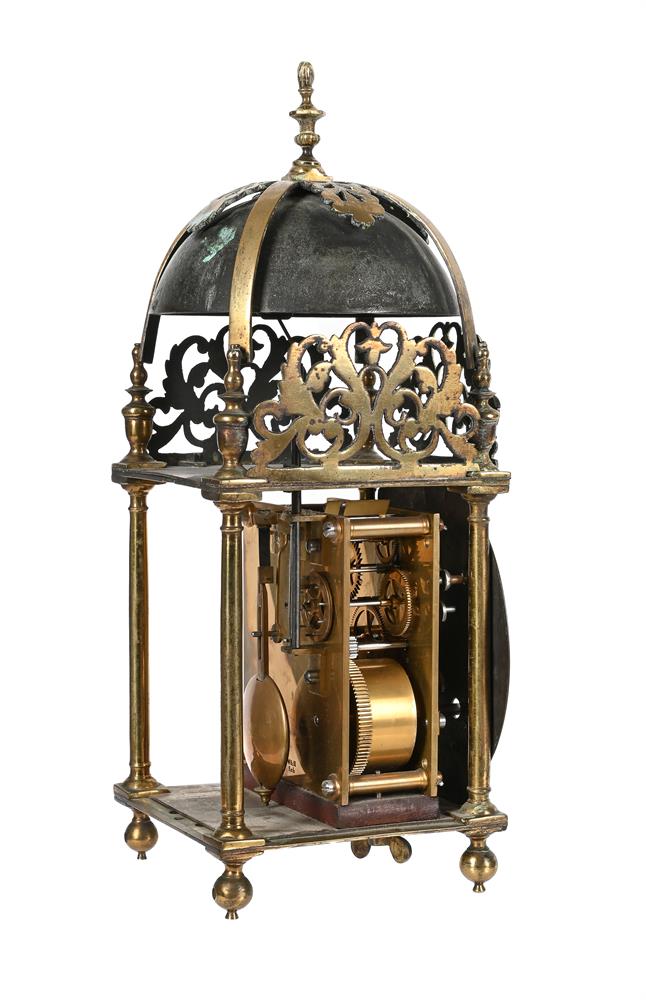




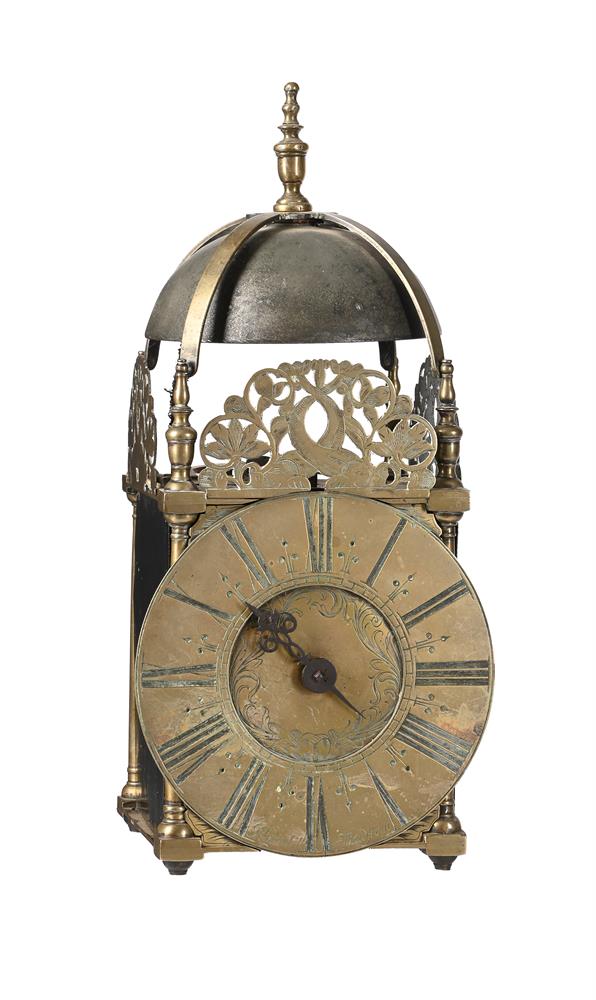
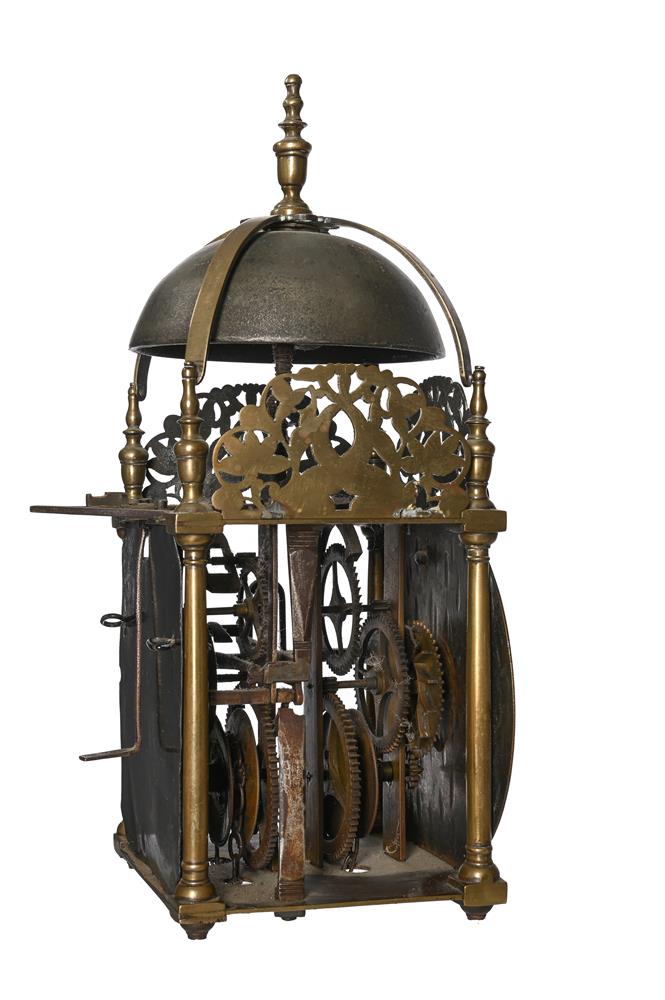

Testen Sie LotSearch und seine Premium-Features 7 Tage - ohne Kosten!
Lassen Sie sich automatisch über neue Objekte in kommenden Auktionen benachrichtigen.
Suchauftrag anlegen